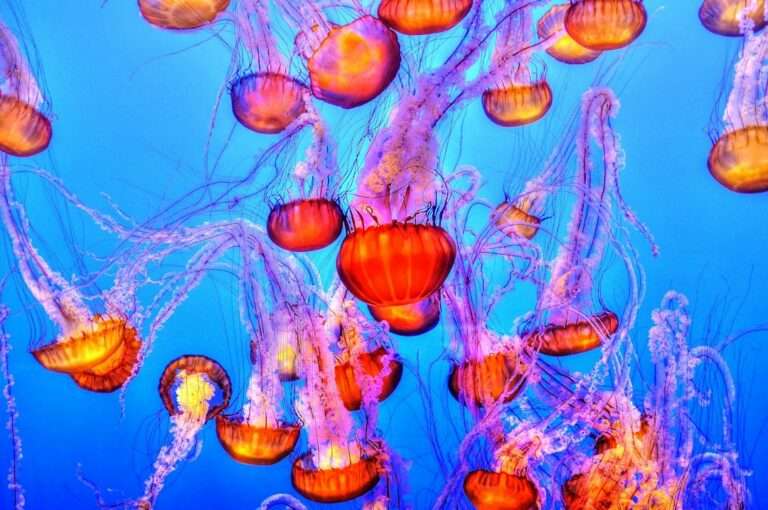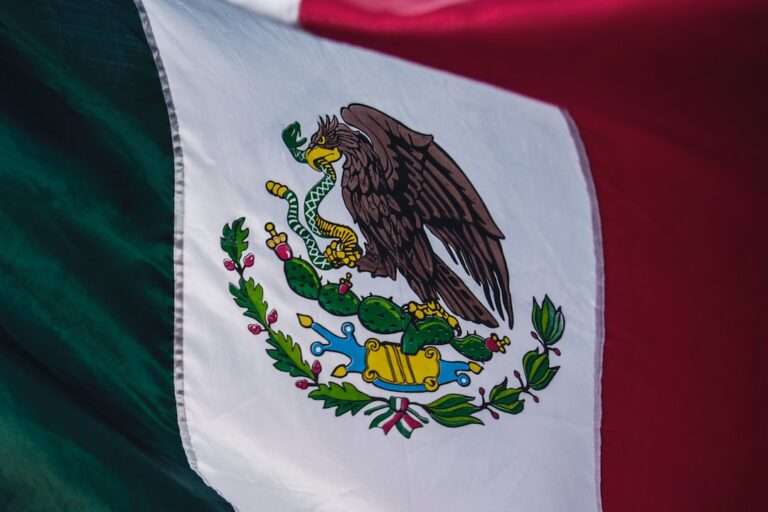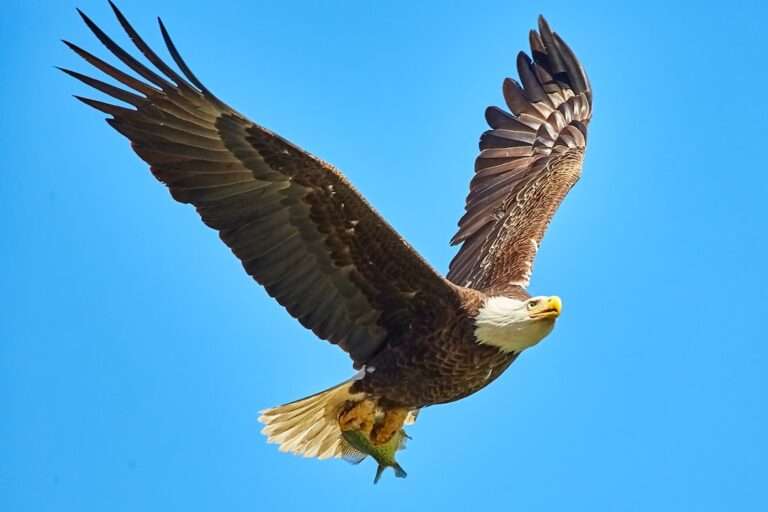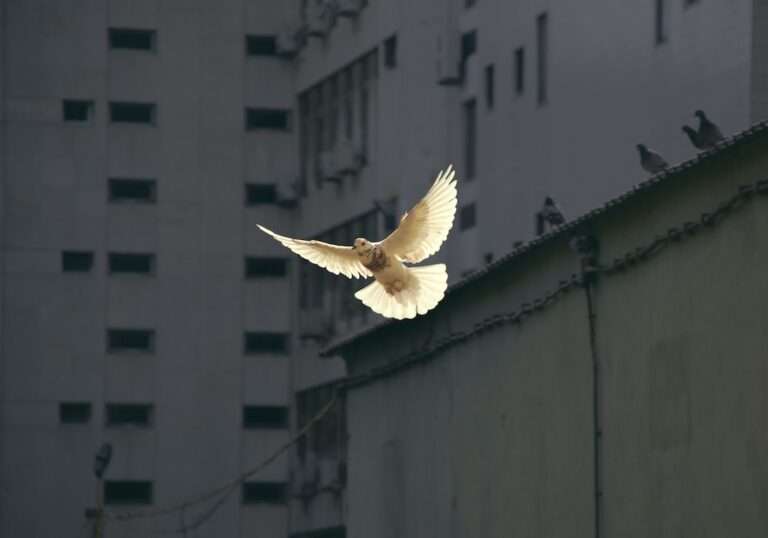The Mysterious Black Vulture: Unpacking its Symbolism and Significance
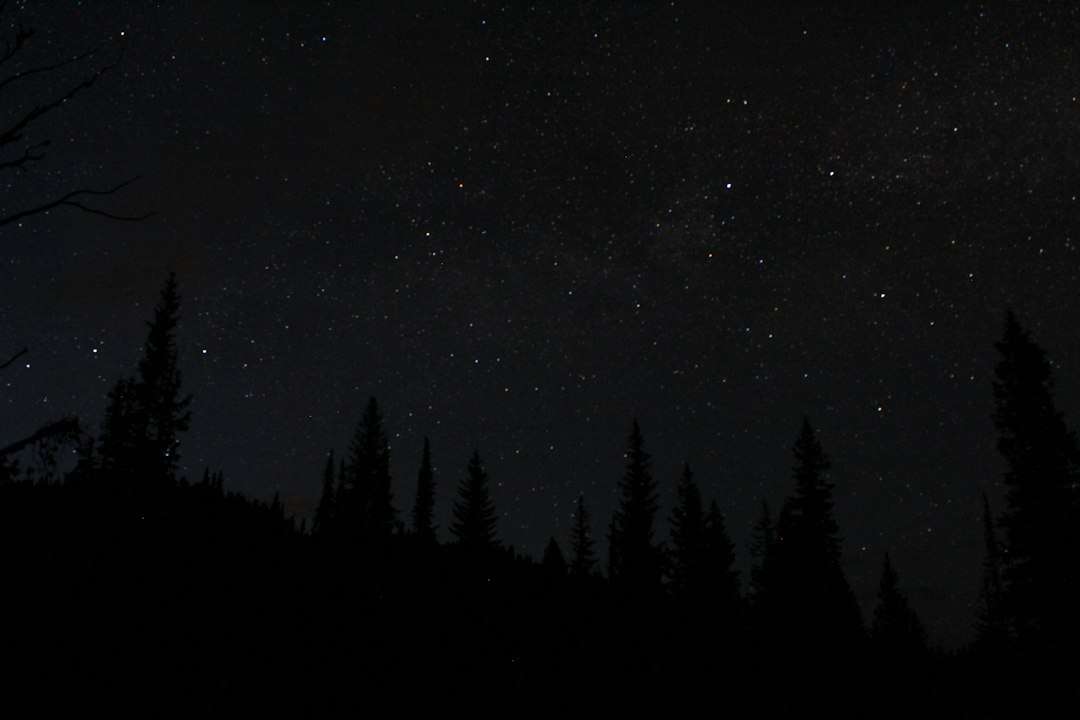
The black vulture, scientifically known as Coragyps atratus, is a fascinating bird that has captured the attention of humans for centuries. With its dark plumage and piercing gaze, the black vulture is a bird of mystery and intrigue. It possesses unique characteristics that set it apart from other birds, making it a subject of fascination and study for scientists and bird enthusiasts alike.
Key Takeaways
- The Black Vulture is a mysterious and intriguing bird that has captured the attention of many.
- It has distinct physical characteristics and can be found in a variety of habitats.
- The Black Vulture has been a symbol in mythology and folklore for centuries.
- It has also been featured in literature and art as a cultural icon.
- The Black Vulture plays an important role in ecosystems and conservation efforts, and its feeding habits and adaptability make it a fascinating species to study.
The Black Vulture’s Physical Characteristics and Habitat
The black vulture is a medium-sized bird with a wingspan of about five to six feet. It has black feathers all over its body, including its head and neck. Its beak is short and hooked, allowing it to tear into carrion with ease. The black vulture also has strong legs and feet, which are adapted for walking and hopping rather than perching.
In terms of habitat, the black vulture can be found in a variety of environments across the Americas. It is most commonly found in open areas such as grasslands, savannas, and deserts, but it can also be seen in forests and urban areas. The black vulture has a wide range that extends from the southern United States down to South America.
The Symbolism of the Black Vulture in Mythology and Folklore
Throughout history, the black vulture has held symbolic meaning in various cultures and mythologies. In ancient Egypt, the black vulture was associated with the goddess Nekhbet, who was often depicted as a woman with the head of a vulture. Nekhbet was considered a protective deity and was believed to watch over the pharaohs.
In Native American folklore, the black vulture was seen as a symbol of death and rebirth. It was believed that when a black vulture appeared, it was a sign that someone was about to die. However, the black vulture was also seen as a symbol of transformation and renewal, as it fed on carrion and helped to recycle nutrients back into the earth.
The Black Vulture as a Cultural Icon in Literature and Art
| Category | Data/Metrics |
|---|---|
| Literature |
|
| Art |
|
| Cultural Significance |
|
The black vulture has also made its mark in literature and art. In literature, the black vulture is often used as a symbol of death and decay. It is frequently depicted in Gothic literature, where it represents the dark and macabre. In art, the black vulture has been portrayed in various ways, from realistic depictions to more abstract interpretations. It has been featured in paintings, sculptures, and even tattoos.
The black vulture’s cultural significance extends beyond its representation in literature and art. It has also influenced popular culture, appearing in movies, video games, and other forms of media. Its mysterious and ominous presence adds an element of intrigue and suspense to these works.
The Black Vulture’s Role in Ecosystems and Conservation Efforts
The black vulture plays a crucial role in ecosystems as a scavenger. It feeds primarily on carrion, helping to clean up dead animals and prevent the spread of disease. By consuming carcasses, the black vulture helps to recycle nutrients back into the environment.
Unfortunately, the black vulture faces numerous threats to its survival. Habitat loss, poisoning from pesticides, and collisions with vehicles are just a few of the challenges that these birds face. As a result, conservation efforts have been implemented to protect the black vulture and its habitat. These efforts include habitat restoration, captive breeding programs, and public education campaigns.
The Black Vulture’s Feeding Habits and Adaptability

As mentioned earlier, the black vulture is a scavenger that feeds primarily on carrion. It has a keen sense of smell that allows it to locate dead animals from great distances. Once it finds a carcass, the black vulture will tear into it using its powerful beak and consume the flesh.
One of the black vulture’s most remarkable adaptations is its ability to tolerate and even thrive in a variety of environments. It can be found in both rural and urban areas, and it is known to scavenge at landfills and garbage dumps. This adaptability has allowed the black vulture to survive and even thrive in the face of habitat loss and other challenges.
The Black Vulture’s Social Behavior and Communication
Black vultures are highly social birds that live in large groups called roosts. These roosts can consist of hundreds or even thousands of individuals. Within these groups, black vultures engage in various social behaviors, such as preening each other’s feathers and engaging in courtship displays.
Communication among black vultures is primarily non-vocal. They use visual cues, such as body postures and movements, to communicate with each other. For example, a black vulture may spread its wings and hop around to signal aggression or dominance.
The Black Vulture’s Relationship with Humans and Livestock
The black vulture has a complex relationship with humans and livestock. On one hand, it can be beneficial to farmers and ranchers by consuming carrion that could otherwise attract pests or spread disease. However, black vultures have also been known to prey on newborn livestock, causing economic losses for farmers.
To mitigate conflicts between black vultures and humans, various strategies have been implemented. These include the use of scare tactics, such as effigies or noise-making devices, to deter black vultures from livestock areas. Additionally, some farmers have implemented alternative feeding stations to provide carrion for black vultures away from their livestock.
The Black Vulture’s Migration Patterns and Range
While some populations of black vultures are sedentary and do not migrate, others undertake seasonal movements. These migrations are typically driven by changes in food availability and weather conditions. Black vultures that do migrate may travel long distances, sometimes covering hundreds or even thousands of miles.
The range of the black vulture has also changed over time. Historically, black vultures were primarily found in the southeastern United States. However, their range has expanded northward in recent decades, likely due to changes in land use and climate.
The Enduring Mystery and Importance of the Black Vulture
In conclusion, the black vulture is a bird of mystery and intrigue. Its unique characteristics, symbolism in mythology and folklore, representation in literature and art, ecological importance, and complex relationship with humans make it a subject of fascination and study. Despite the challenges it faces, the black vulture continues to thrive and adapt, reminding us of the enduring mystery and importance of this remarkable bird.
If you’re interested in exploring more symbolism, you might find the article on the symbolism of the moon fascinating. The moon has long been associated with various meanings and interpretations across different cultures and belief systems. From representing femininity and intuition to cycles of life and emotions, the moon holds a significant place in symbolism. To delve deeper into this topic, check out the article on what the moon symbolizes.
FAQs
What is the Black Vulture?
The Black Vulture is a bird of prey that is found in the Americas. It is a scavenger and feeds on carrion.
What does the Black Vulture symbolize?
The Black Vulture is often associated with death and rebirth. It is also seen as a symbol of purification and transformation.
What cultures have used the Black Vulture as a symbol?
The Black Vulture has been used as a symbol in many cultures throughout history, including the Aztecs, Mayans, and Native Americans.
What is the significance of the Black Vulture in Native American culture?
The Black Vulture is seen as a symbol of death and rebirth in Native American culture. It is also believed to have the power to purify and transform negative energy.
What is the spiritual meaning of seeing a Black Vulture?
Seeing a Black Vulture can be a sign of transformation and change. It may also be a reminder to let go of things that no longer serve you and to embrace new beginnings.
What is the difference between a Black Vulture and a Turkey Vulture?
The Black Vulture has a shorter wingspan and a shorter tail than the Turkey Vulture. It also has a black head and neck, while the Turkey Vulture has a red head and neck.
